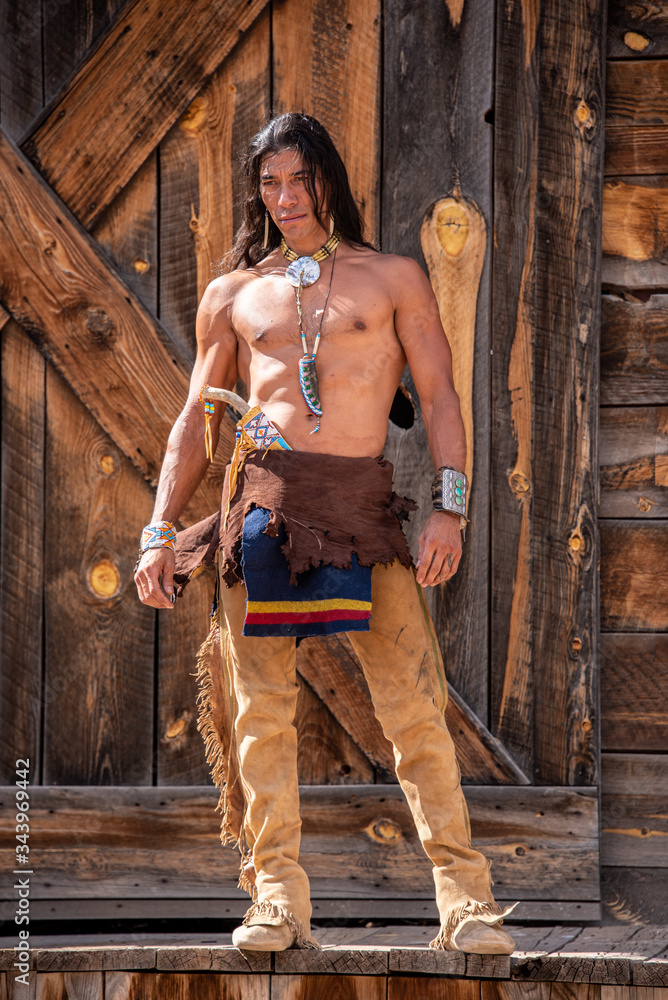The culinary traditions of the Eastern Woodlands Native American tribes provide a tantalizing glimpse into the rich tapestry of their cultures. Stretching across the plush forests and fertile valleys of North America's eastern areas, these tribes cultivated a various array of crops, foraged wild edibles, and engaged in ingenious searching practices. The result was a cuisine that not solely sustained them physically, but in addition held deep non secular and cultural significance. From succulent sport meats to the "Three Sisters" of agriculture - corn, beans, and squash - the Eastern Woodlands tribes cast a connection between nature's bounty and their day by day sustenance. In this exploration, we embark on a culinary journey, delving into the flavors and traditions that shaped the food regimen of those resilient communities.
eastern woodlands native american food
In addition to their agricultural pursuits, the Eastern Woodlands Native Americans demonstrated remarkable ingenuity in crafting tools and implements important for his or her survival. Among these had been the long-lasting bows and arrows, finely honed for searching, and traps designed to secure recreation. These sources supplied not solely sustenance but also useful supplies for crafting clothes, shelter, and varied utilitarian objects.
One of probably the most remarkable facets of their resourcefulness was the development of specialised instruments tailor-made to their setting. For example, they devised ingenious strategies for extracting maple sap to provide sugar, showcasing a deep understanding of the natural world round them. Similarly, the harvesting of wild rice was elevated to an art form, with the creation of tools finely tuned to this particular task.
These improvements not only spoke to their sensible expertise but also reflected a profound respect for the land and its offerings. They had been a testomony to the intimate relationship between the Eastern Woodlands tribes and the setting they referred to as house, illustrating a harmonious coexistence between humanity and nature.
What Did the Woodlands Native Americans Eat?
The Woodlands Native Americans had a diverse and resourceful diet that mirrored the bounty of their natural setting. They closely relied on agriculture, cultivating staple crops generally recognized as the "Three Sisters" - corn, beans, and squash. These crops fashioned the inspiration of their diet, providing important nutrients and sustenance. Additionally, they foraged for a extensive range of untamed edibles similar to berries, nuts, and numerous tubers. Their diet also included an array of game meats, including deer, turkey, and smaller mammals, which had been obtained via searching and trapping. Fish and other aquatic creatures have been sourced from the numerous rivers and lakes that crisscrossed the Woodlands region.
Traditions of the Eastern Woodlands
The Eastern Woodlands Native Americans have been deeply rooted in a wealthy tapestry of cultural traditions that permeated every aspect of their lives. These traditions had been interwoven with their every day routines, religious practices, and communal gatherings. Ceremonies played a vital function, marking vital events corresponding to harvest festivals, rites of passage, and communal feasts. The non secular connection to the land was evident in practices like providing due to the Earth for its bounty. Additionally, storytelling was a cherished tradition, passing down the knowledge, history, and values of the neighborhood from one generation to the following.
Foods Native to the Americas

The Americas boast an intensive array of meals native to the region. Beyond the "Three Sisters" of corn, beans, and squash, they gifted the world with a massive number of culinary treasures. Potatoes, originating within the Andes, grew to become a global staple. Tomatoes, peppers, and numerous forms of beans also hint their roots to the Americas. Chocolate, derived from cacao beans, and vanilla, extracted from the vanilla orchid, are prime examples of indigenous flavors which have turn into integral to international delicacies.
Most Common Native American Food
Corn, undoubtedly, stands as some of the frequent and vital Native American meals. https://postheaven.net/nativeamericanclothes/did-native-american-women-hunt and nutritional worth made it a cornerstone of the indigenous food plan. Corn could be floor into flour for various culinary functions, cooked as a vegetable, or processed into important staples like cornmeal and hominy. Its cultivation revolutionized agriculture and profoundly impacted the diets of Native American communities.
Foods Given to the Americas
The Columbian Exchange introduced a transformative interchange of meals between the Eastern and Western Hemispheres. Among the necessary thing contributions to the Americas were Old World staples like wheat, rice, and various citrus fruits. Additionally, domesticated animals corresponding to horses, cows, and chickens, which had a profound impact on both agriculture and transportation, were introduced to the Americas through this trade.


